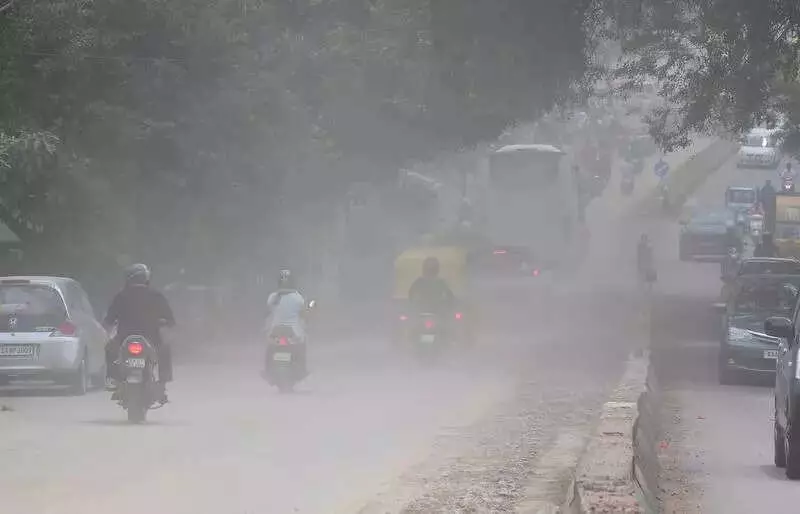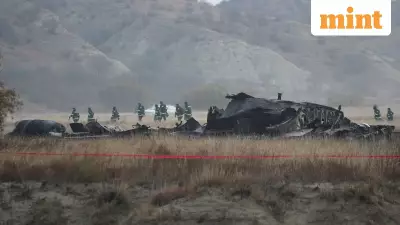
The Karnataka State Pollution Control Board (KSPCB) celebrates its golden jubilee this week, marking fifty years of environmental regulation at a time when the state faces unprecedented ecological challenges. Despite five decades of operation, Karnataka continues to battle deteriorating air quality, heavily contaminated water bodies, and widespread industrial non-compliance with environmental norms.
Staff Shortage Cripples Pollution Monitoring
Established under the Water and Air Pollution Control Acts, KSPCB began as Karnataka's primary environmental watchdog. Over the years, its responsibilities expanded significantly with the introduction of numerous environmental rules and regulations. However, this growth in mandate wasn't matched by corresponding increases in staffing levels.
The board currently operates with less than 40% of its sanctioned strength, creating a critical mismatch between its responsibilities and implementation capacity. This severe manpower shortage has substantially weakened KSPCB's ability to monitor pollution sources, enforce compliance, and conduct essential environmental research across Karnataka.
Deepening Ecological Crisis Across Karnataka
The consequences of this institutional weakness are visible across the state's deteriorating environment. Air quality in several urban centers, including Bengaluru, has shown sharp deterioration. Joint assessments conducted by the Central Pollution Control Board (CPCB) and KSPCB reveal alarming findings about water pollution.
Fourteen major rivers in Karnataka are polluted beyond permissible limits, making their water unsuitable for human consumption. A recent Comptroller and Auditor General (CAG) report exposed systemic failures, noting that approximately 66% of industries operate without mandatory KSPCB consent. The audit also highlighted the state's inadequate system for tracking hazardous and biomedical waste.
Leadership Acknowledges Challenges, Announces Revival
KSPCB chairperson and Malavalli MLA PM Narendraswamy openly acknowledged the board's functional gaps during discussions about the golden jubilee event scheduled at Palace Grounds. "I agree there are challenges at every step. Nationally, we are better than many metropolitan cities and states. But at the same time, I must admit that we are not good enough," Narendraswamy stated.
The chairperson clarified that while KSPCB serves as the nodal pollution control authority, enforcement power primarily rests with local governments, including district administrations and urban local bodies. However, he emphasized that the staff shortage remains the most critical constraint.
Chief Minister Siddaramaiah has approved filling all vacancies in the coming months, with more than 80% of existing positions slated for recruitment. These include scientific officers, lab technicians, regional officers, and administrative staff. "Once recruitment is completed, KSPCB will be better equipped to inspect polluting units and penalise violators," Narendraswamy assured.
The board is also upgrading scientific equipment and has provided new vehicles to strengthen field surveillance capabilities. Narendraswamy confirmed that KSPCB would intensify action against industries, apartments, hospitals, and local bodies violating environmental norms.
Bidadi Amusement Park Closure Stands
Addressing the specific case of Jollywood Studios and Adventures amusement park at Bidadi, the chairperson confirmed that KSPCB has not revoked its closure order. "We have not withdrawn the closure order; it remains in force. While we are empowered to issue such orders, enforcement lies with the local administration," he explained.
Although the company has submitted compliance documents, the board hasn't reviewed them as the matter remains pending before the high court. A senior KSPCB official, speaking anonymously, revealed that penalties for multiple violations at the amusement park exceeded Rs 30 crore.
As KSPCB enters its next fifty years, the planned recruitment drive and infrastructure upgrades signal a renewed commitment to addressing Karnataka's pressing environmental challenges, though the effectiveness of these measures remains to be seen.





